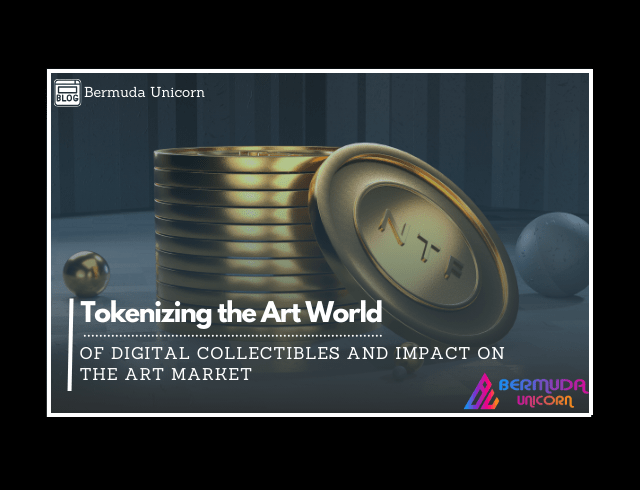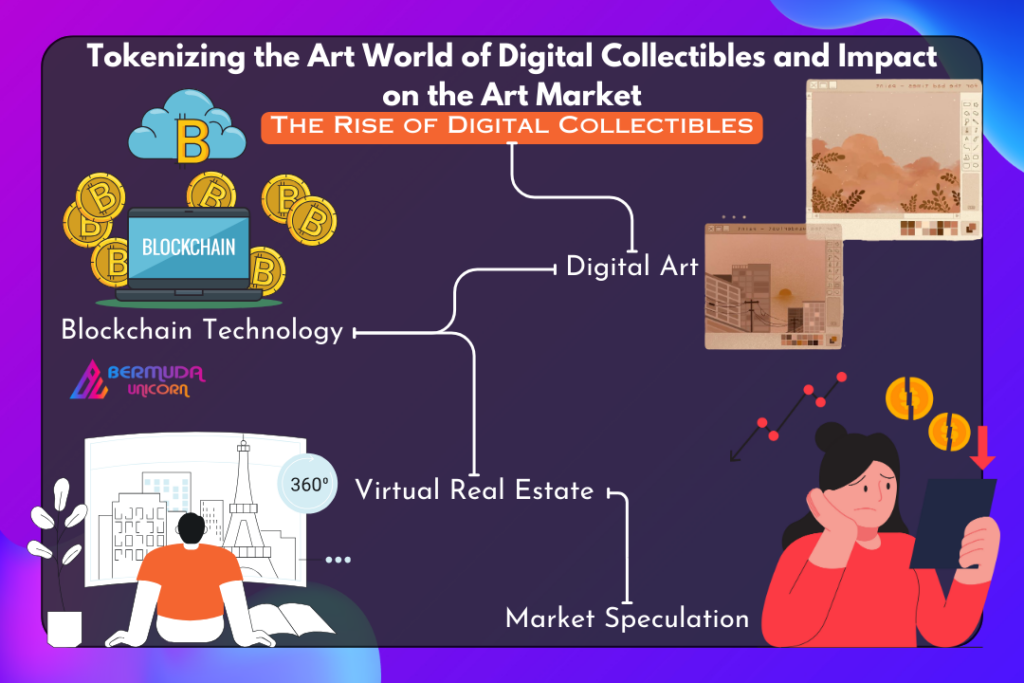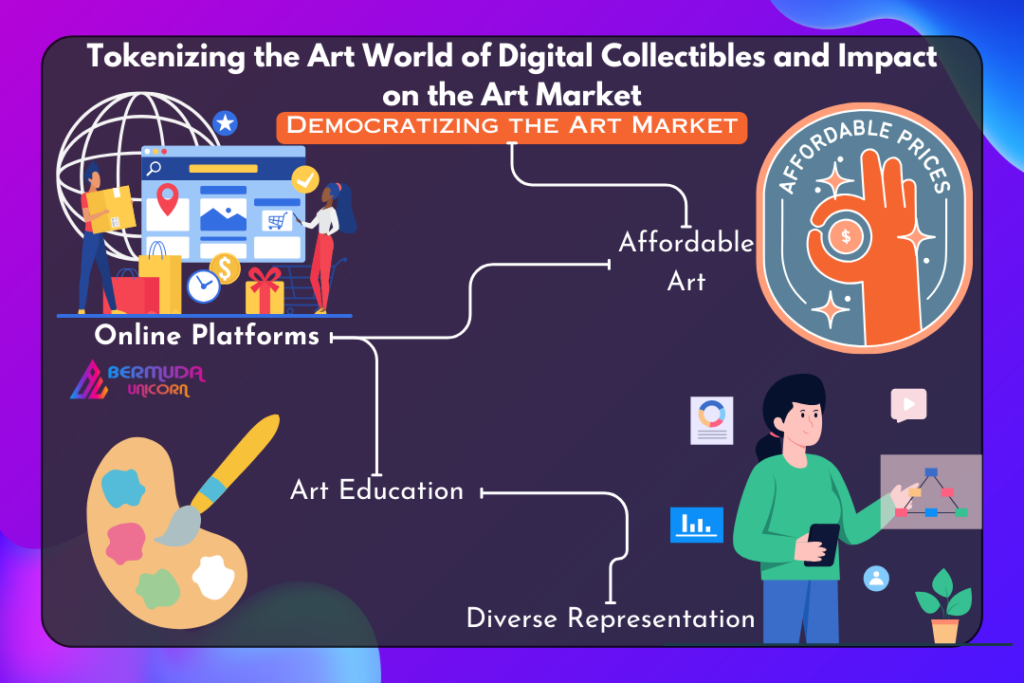

Introduction
The art world has always been a realm of creativity, innovation, and cultural expression. For centuries, traditional art forms such as painting, sculpture, and photography have captured the imagination of collectors and connoisseurs. However, a digital revolution has quietly transformed the art market in recent years. This transformation is driven by the rise of digital collectibles and the use of blockchain technology to tokenize and authenticate these artworks. In this blog post, we will explore the concept of tokenizing the art world and discuss the profound impact it has on the traditional art market.
The Rise of Digital Collectibles
Digital collectibles, often referred to as “NFTs” or non-fungible tokens, have taken the art world by storm. Non-fungible tokens (NFTs) are distinctive digital assets that possess the characteristic of indivisibility and are incapable of being duplicated. They are typically based on blockchain technology, which ensures the scarcity and authenticity of each token. This technology has allowed artists to create and sell digital artworks as NFTs, opening up new avenues for artistic expression and monetization.

One of the most famous examples of a digital collectible is Beeple’s “Everyday: The First 5000 Days,” which sold for a staggering $69 million at auction in early 2021. This sale marked a turning point in the art world, as it demonstrated the potential for digital art to command high prices and gain recognition in traditional art circles.
Tokenization and Authenticity
Tokenization plays a crucial role in the world of digital collectibles. When an artist creates a digital artwork and tokenizes it on a blockchain, they establish its provenance and authenticity. This is a game-changer for the art market, where forgery and counterfeit art have long been challenges.
In the traditional art world, provenance is often established through a chain of ownership and documentation. However, this can be susceptible to fraud and manipulation. With tokenization, the entire history of a digital artwork, from its creation to its current owner, is securely recorded on a blockchain. This transparent and tamper-proof ledger ensures that the artwork’s authenticity is beyond question.
Democratizing the Art Market
One of the most significant impacts of digital collectibles and tokenization is the democratization of the art market. Historically, the art world has been exclusive, with a select few galleries, collectors, and institutions holding immense power. Emerging artists often struggle to gain recognition and reach a global audience.

Through the utilization of NFTs, artists are able to establish a direct connection with their audience and market their creations without the involvement of intermediaries. This has opened doors for emerging talent and underrepresented artists, allowing them to showcase their work and build a fan base. The ability to sell digital collectibles also provides a new revenue stream for artists, making it easier for them to sustain their creative endeavors.
Changing Ownership and Access
Digital collectibles have also redefined ownership in the art world. When someone purchases an NFT, they acquire a unique digital token representing ownership of the artwork. While they may not physically possess the artwork, they have digital rights to it, and they can showcase it in virtual galleries or display it in virtual and augmented reality settings.
This digital ownership model challenges traditional notions of art ownership, which often involve physical possession. It raises questions about the nature of art, the value of owning a digital representation, and the role of physicality in the art experience.
Challenges and Considerations
While the rise of digital collectibles and tokenization has brought about numerous benefits, it also presents challenges and ethical considerations. Environmental concerns related to the energy consumption of blockchain networks, issues of copyright infringement, and the potential for market speculation are among the many topics that require careful examination.
Conclusion
Tokenizing the art world through digital collectibles and blockchain technology has brought about a paradigm shift in the art market. It has democratized access to art, redefined ownership, and introduced new revenue streams for artists. However, it also raises important questions about authenticity, ownership, and the future of the art world.
As the art world continues to evolve in the digital age, it is essential to strike a balance between innovation and tradition, ensuring that artists, collectors, and the broader public can all benefit from the transformation of the art market. Whether you view it as a revolution or an evolution, there’s no denying that tokenization is reshaping the way we create, collect, and appreciate art.
Frequently Asked Questions:
1. What is a digital collectible, and how does it differ from traditional art?
– A digital collectible, or NFT, is a unique digital asset representing ownership of a digital work. It differs from traditional art because it’s digital, indivisible, and exists on a blockchain.
2. How do blockchain and tokenization enhance the art market’s transparency and authenticity?
– Blockchain records every art transaction securely, ensuring a tamper-proof provenance history for digital artworks, boosting transparency and authenticity.
3. Are NFTs environmentally friendly, considering concerns about the energy consumption of blockchain networks?
– NFTs, often built on energy-intensive blockchains like Ethereum, have raised environmental concerns. Eco-friendly blockchain solutions are emerging to address this issue.
4. What are the potential downsides or risks associated with investing in digital collectibles?
– Risks include price volatility, speculative buying, copyright disputes, and legal issues related to ownership and intellectual property. Research and caution are advised for NFT investors.